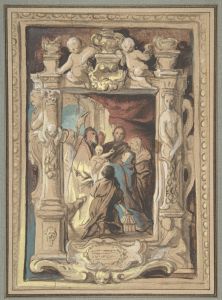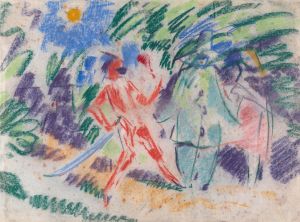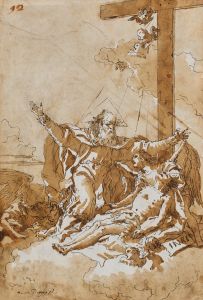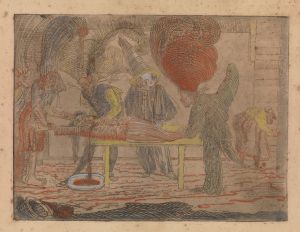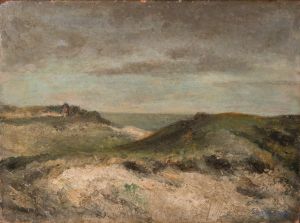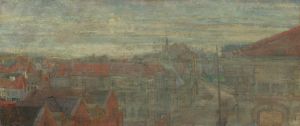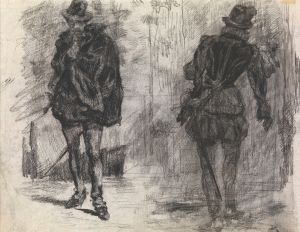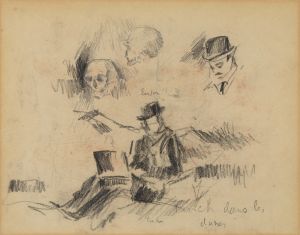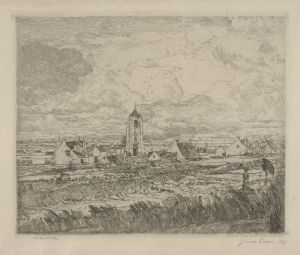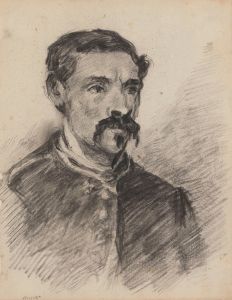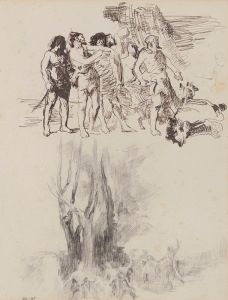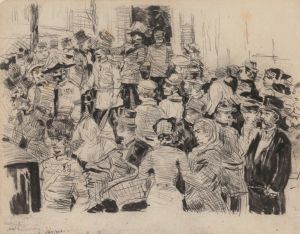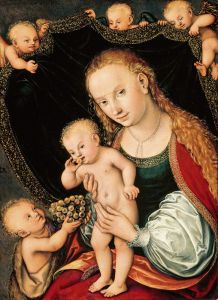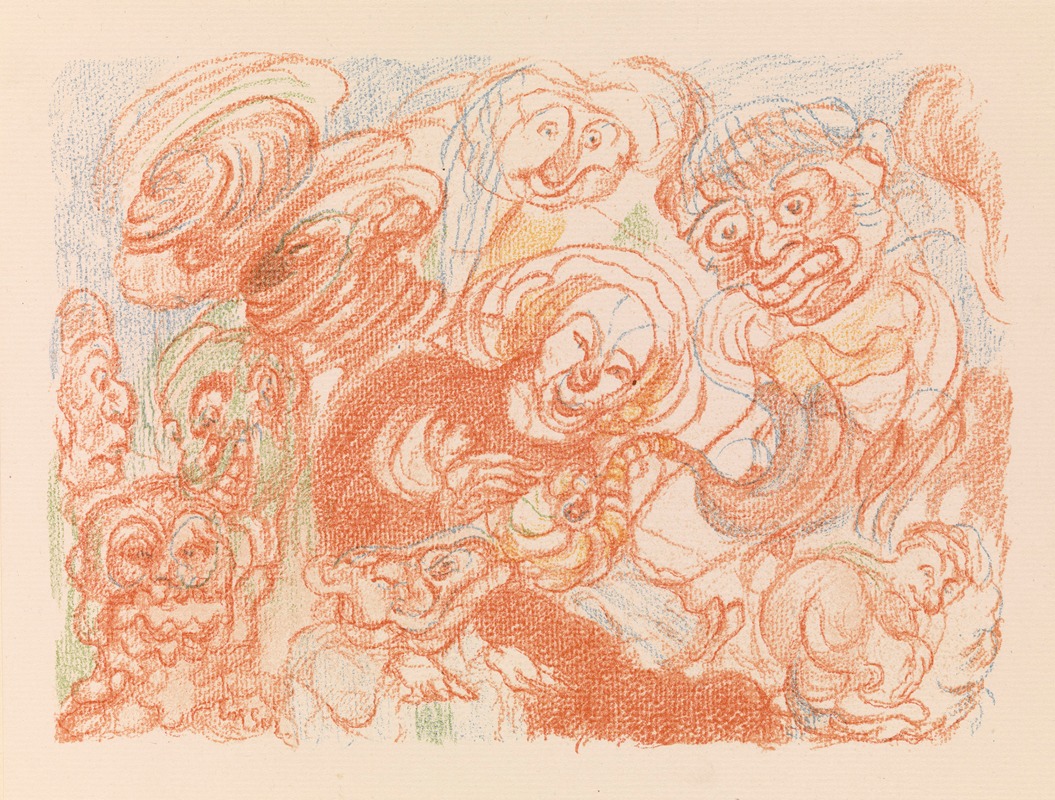
The Holy Family
A hand-painted replica of James Ensor’s masterpiece The Holy Family, meticulously crafted by professional artists to capture the true essence of the original. Each piece is created with museum-quality canvas and rare mineral pigments, carefully painted by experienced artists with delicate brushstrokes and rich, layered colors to perfectly recreate the texture of the original artwork. Unlike machine-printed reproductions, this hand-painted version brings the painting to life, infused with the artist’s emotions and skill in every stroke. Whether for personal collection or home decoration, it instantly elevates the artistic atmosphere of any space.
James Ensor, a Belgian painter associated with the Symbolist and Expressionist movements, created The Holy Family in 1885. This work is a striking example of Ensor's distinctive style, which often combined religious themes with grotesque and satirical elements. Painted during a period when Ensor was exploring unconventional approaches to traditional subjects, The Holy Family reflects his interest in challenging societal norms and artistic conventions.
The painting depicts the biblical theme of the Holy Family—traditionally consisting of the Virgin Mary, Joseph, and the infant Jesus—but Ensor's interpretation is far from conventional. The figures are rendered in a distorted and unsettling manner, with exaggerated facial expressions and a chaotic composition. This approach aligns with Ensor's broader artistic tendencies, which frequently involved subverting classical themes to critique societal hypocrisy and explore existential concerns.
Ensor's use of color in The Holy Family is notable for its boldness and intensity. The palette includes vivid reds, blues, and yellows, which contribute to the painting's emotional impact and sense of unease. The brushwork is expressive and dynamic, further emphasizing the tension and drama within the scene. These stylistic choices reflect Ensor's departure from academic traditions and his embrace of more experimental techniques.
The painting is often interpreted as a commentary on the human condition and the complexities of faith, though Ensor himself did not provide explicit explanations for his work. His fascination with religious imagery was a recurring theme throughout his career, but he frequently infused these subjects with a sense of irony or critique. This duality is evident in The Holy Family, where the sacred and the profane coexist in a manner that challenges viewers' expectations.
The Holy Family is housed in the Royal Museum of Fine Arts of Belgium in Brussels, where it remains an important part of the museum's collection. The work is considered a significant example of Ensor's early experimentation with themes and techniques that would later define his career. It also exemplifies the broader artistic trends of the late 19th century, when many artists were questioning traditional narratives and exploring new ways of representing the world around them.
This painting continues to be studied and appreciated for its innovative approach and its ability to provoke thought and discussion. As with much of Ensor's work, The Holy Family invites viewers to reflect on the intersection of tradition, modernity, and the human experience.





